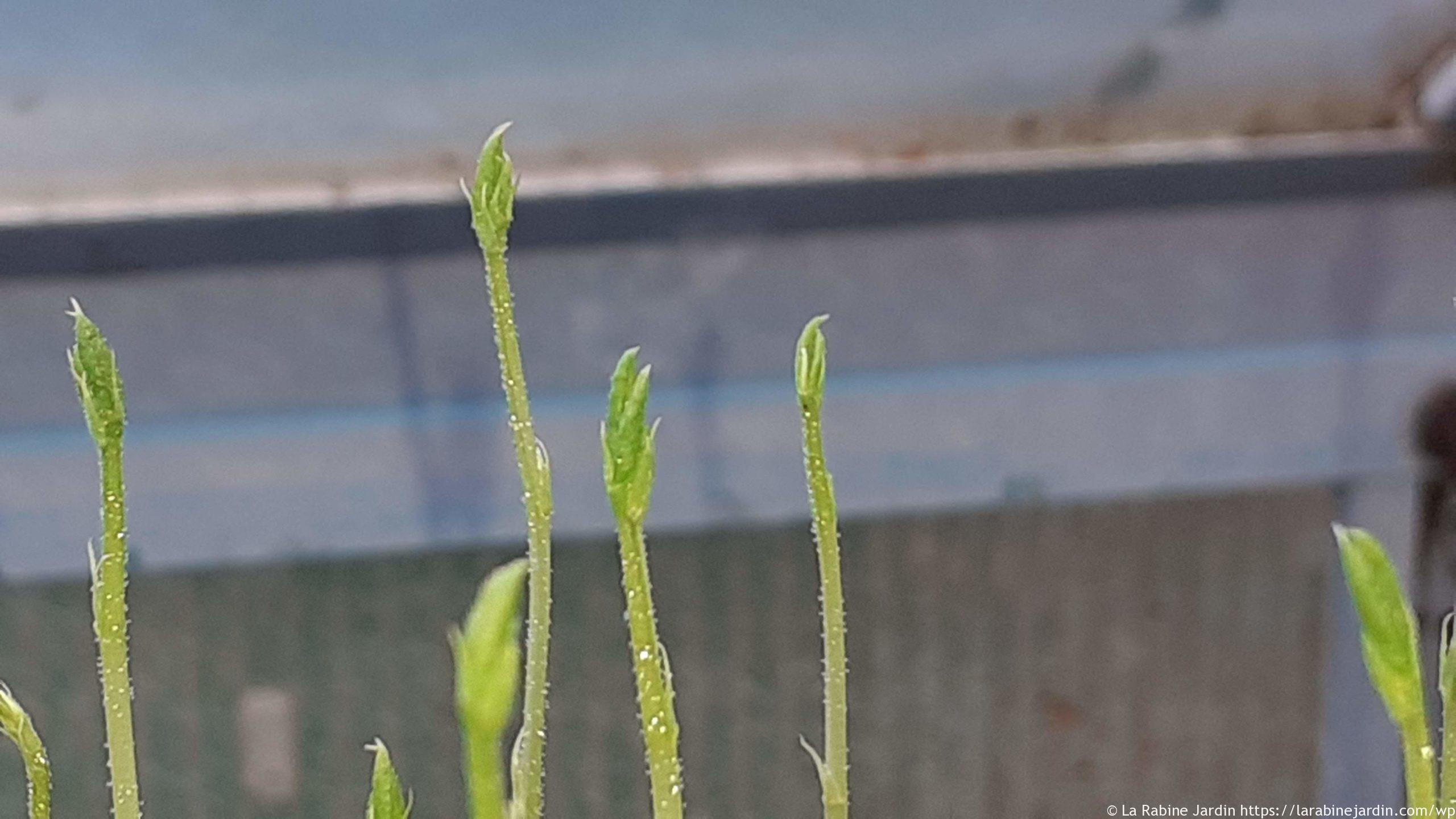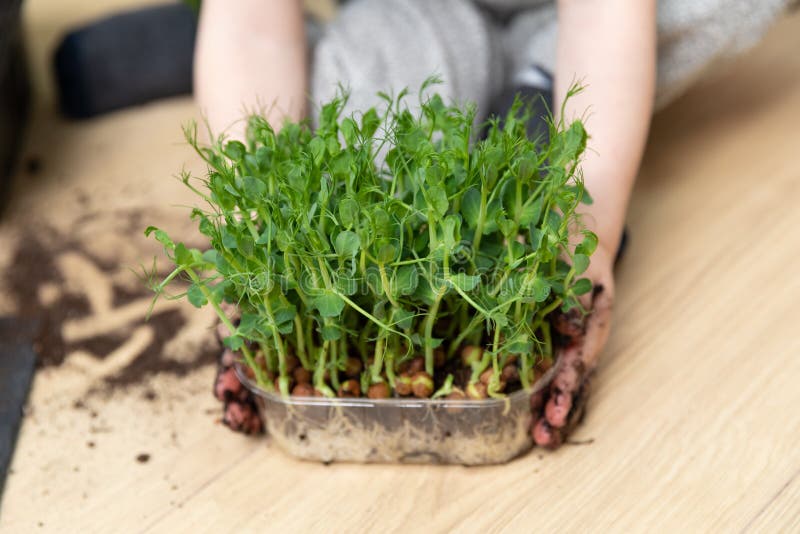
Water thoroughly and keep soil moist until seeds have sprouted. Drop two to four seeds per hole, with holes spaced four to six inches apart. Plant seeds in holes that are about two inches (two knuckles) deep. Sweet pea seed will germinate in soil at temperatures of 55º to 65º F or 13º to 18º C. Nicking can be easily accomplished by using a nail clipper to score the sweet pea seed coat. Nicking the outside coating of a sweet pea seed will allow rapid hydration of seeds and does both speed and increase germination.

There is no evidence that soaking sweet peas will increase germination. Sweet pea seed has a hard, water insoluble seed coat. Sweet peas will need about 50 days of cool temperatures (under 60º F) to bloom gloriously in your garden. Finally, the coastal areas of the northeast are excellent areas to grow sweet peas for spring use. Alternatively, seed can be sown directly into prepared garden soil in April. In the mid-west and northeast non-coastal areas, sow seed indoors in February and transplant into the garden when the ground thaws. In the south, sow seed in November or December for early spring fresh cut flowers. Cut flower growers in Colorado have successfully grown sweet peas through high summer temperatures by mulching heavily as plants mature and weather heats up. In the drier plains states, sweet peas can be started early indoors for transplanting or sown directly after the harshest weather has passed. Cooler night temperatures extend the enjoyment of sweet pea flowers in the west into the summer months. Although sweet peas can be killed back by hard freezes, they are reasonably cold hardy and can take frost without much damage to plants. In western North America, sweet pea seeds should be sown from August forward to maximize winter and spring flowering.

Each region has its own unique "season" for growing sweet peas. Sweet peas are most successful when they are started at times with cooler temperatures. Add plenty of organic matter (compost, well-rotted manure, leaf mold, or humus) to enrich the soil and make it more friable.
#Pea seedlings full
Give them a site with full to partial sun and deep, rich, loamy, moist but well-drained soil. Sweet peas are commonly direct seeded in the garden. Sweet peas are one of the easiest flowering annuals to start from seed.

You may also be interested in Suttons pea seeds and sweet pea plants.Texas A&M University, College Station, Texas They also contain a good amount of iron, manganese and phosphorus. Pea plant nutritional informationĮaten raw, peas contain vitamins A, C and K, and a range of B vitamins. Older peas can be pureed, turned into soup or eaten with fish and chips in the form of mushy peas. Steam or boil them gently and then add butter or a sauce of your choice. Those that make it to the kitchen are best eaten fresh and only cooked lightly. The nitrogen nodules in the roots will fertilise the next crop. Once the crop has come to an end, cut the plants down and compost them, but do leave the roots in the ground. Regular picking will encourage your pea plants to keep cropping. Mangetout are best picked when 5 – 8cm in length. Start picking from the bottom of the stem and work upwards, taking great care not to damage the stem. It depends on the variety, but with garden peas, pick when the pod is well filled but there is still a space between each pea. Pigeons love to snack on pea pods, so it’s best to use plant protection if you want to enjoy the fruits of your labour! When To Harvest Pea Plants Traditional pea sticks (twiggy branches) are great but plant supports, netting and cane wigwams will do the job too. Give support to taller varieties of pea plants. Once growing, pea plants don’t need feeding as they manufacture their own nitrogen from the air. If your soil is poor then it’s worth digging a trench and throughout winter filling it with a mixture of well-rotted garden compost and soil. Pea plants thrive in deep, fertile and well-drained soil. Pea plants do best in an open, sunny site sheltered from strong winds.



 0 kommentar(er)
0 kommentar(er)
